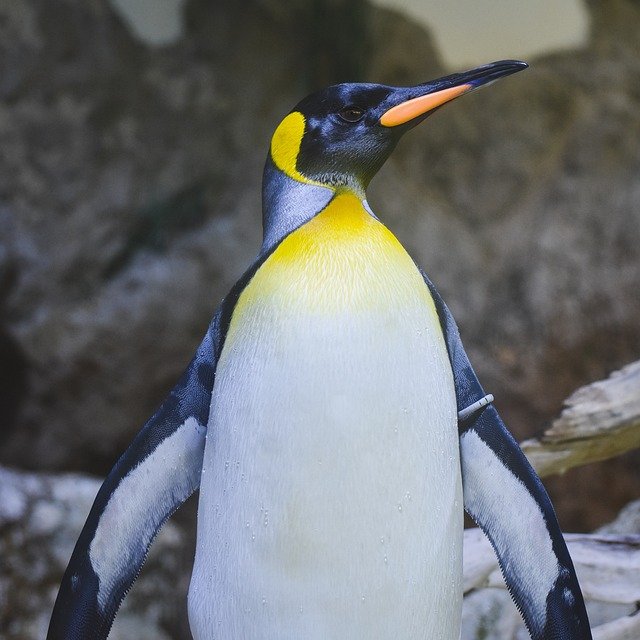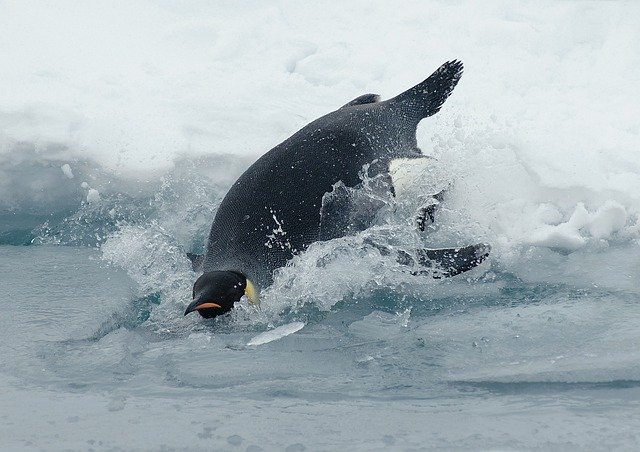
The Social Dynamics of Penguin Colonies: Cooperation, Communication, and Care
Penguins, with their charming waddles and striking tuxedo-like appearance, are not just adorable creatures; they also exhibit fascinating social behaviors that reveal the complexity of their colonies. In this post, we will explore the intricate social dynamics of penguin colonies, focusing on their cooperation, communication, and care for one another.
Cooperation: Working Together for Survival
In the harsh environments where penguins thrive, cooperation is essential for survival. From foraging for food to protecting their young, penguins rely on teamwork.
Huddling for Warmth: During the brutal Antarctic winters, Emperor Penguins (Aptenodytes forsteri) engage in a behavior known as huddling. By forming tight clusters, they conserve heat and protect themselves from the freezing temperatures. This collective behavior demonstrates the importance of cooperation in enhancing individual survival.
Foraging Strategies: Many penguin species, such as the Gentoo (Pygoscelis papua) and the Chinstrap (Pygoscelis antarcticus), often forage in groups. This not only increases their chances of finding food but also helps them avoid predators. The social structure within these groups can lead to more efficient hunting strategies, showcasing the benefits of collaboration.
Communication: The Language of Penguins
Communication among penguins is vital for maintaining social bonds and coordinating group activities. They utilize a variety of vocalizations and body language to convey messages.
Vocal Calls: Each penguin species has its unique set of calls, which can serve different purposes. For instance, during breeding season, male penguins often engage in loud vocal displays to attract females. These calls can convey information about their health and genetic fitness, playing a crucial role in mate selection.
Visual Signals: Penguins also rely on body language to communicate. For example, the way they position their bodies or flap their wings can indicate aggression, submission, or readiness to mate. Understanding these signals is essential for maintaining harmony within the colony.
Care: Nurturing the Next Generation
Parental care is a cornerstone of penguin social dynamics. Most penguin species exhibit a high level of investment in their offspring, ensuring the survival of the next generation.
Shared Parenting: In species like the Emperor Penguin, both parents are involved in nurturing their chick. After laying the egg, the female transfers it to the male, who incubates it while she forages for food. This shared responsibility not only increases the chick's chances of survival but also strengthens the bond between parents.
Protection and Guidance: Once the chicks hatch, adult penguins work together to protect them from predators and harsh weather conditions. They also teach them essential survival skills, such as swimming and foraging, ensuring that the young penguins are well-prepared for life in the wild.
Conclusion
The social dynamics of penguin colonies are a testament to the power of cooperation, communication, and care. These behaviors not only enhance individual survival but also contribute to the overall success of the colony. As we continue to study these remarkable birds, we gain valuable insights into the complexities of social interactions in the animal kingdom. Penguins remind us that even in the coldest environments, warmth can be found in the bonds we create with one another.
Feel free to share your thoughts or any questions you may have about penguin social dynamics in the comments below! 🐧
